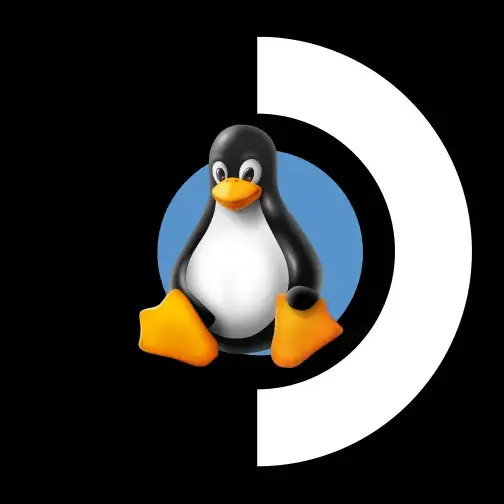

The gas pumps that blast ads at you are driving me insane. All of the places in between my house and my work have them now.


The gas pumps that blast ads at you are driving me insane. All of the places in between my house and my work have them now.


What do you mean by ‘desyncing’ issues. I use Syncthing very heavily across my servers and workstations and I don’t have any trouble. I run my own Syncthing relay server for NAT traversal.
The Haves and the Have Nots have always been at war. Occasionally there are agreements struck, but the Haves always come back for more.


This exactly. I’d use rsync to sync a directory to a location to then be backed up by kopia, but I wouldn’t use rsync exclusively for backups.
As I approach 40 I’ve been trying to make fashion choices that are something like ‘stylish aloof professor’ but I’m always worried that I end up in the ‘douchebag psuedointellectual buffoon’ category like this chode of a human being.
I really like using the PopShell extension on Gnome. I’m hoping it doesn’t die out when Pop moves to their new Cosmic DE. So far I still prefer Gnome.
Definitely do not do tapes.
I’d also recommend Backblaze. Their S3 compatible storage is pretty affordable. I backup to a Kopia repo and then replicate to Backblaze nightly.
Tapes require so much more work to keep up to date and mght not even be cheaper over time.
Fast storage is one of the cheapest components of modern PCs so I’m always surprised when Flatpak file size is brought up. It’s not something I worry about very much.


I use GarHAge which uses open hardware and software and was pretty easy and cheap too. https://github.com/marthoc/GarHAge


Yeah that’s a pretty important distinction. I can buy Rimworld from the Steam store, or I can buy a Rimworld Steam key straight from the Ludeon website for the same price or I can buy a DRM copy for less I just won’t get Steam features like automatic updates, cloud saves, or the mod workshop.
Seems reasonable they don’t want you using the platform for distribution while undercutting the storefront price.


So can developers just ‘create’ steam keys out of thin air that can be used to activate their game on steam? Does Valve get paid when the keys are created or activated? Or not at all?
Seems fair maybe if it’s using all of Steams infrastructure, considering developers can distribute the game themselves without steam keys.


Consider buying used hardware from an office. Lots of places sell used gear for dirt cheap. A used office desktop with a used GPU from the last 3 years or so would be a massive upgrade without spending much.
Steam Deck is still a good deal for what it is though, but I wouldn’t use it as a primary workstation.


No amount of preparation or warning can prepare you for the sight that is JD Vance’s massive hate-filled titties.


If you’re playing BotW I’d recommend emulating the Wii U version using Cemu. Performance is way better overall but you’ll still need to enable a 60fps mod.


In my experience the PC version usually is just the ‘upgraded’ console version, like Insomniac’s Spider-Man or GTAV where the PC release comes later. Or it’s been a free upgrade like Skyrim Special Edition where the upgrades on PC were very minimal besides the lighting engine improvements.


What I haven’t figured out is this…
If we’re all going to LLMs instead of asking each other for help (or providing help to others), then how do the models learn new things? Aren’t we no longer generating the same volume of consumable data?
I suppose we can provide feedback to the models to tell them if their solution worked, but I can’t tell if that sort of feedback is more or less useful than just crawling forums.


This is my exact concern.
If I pay for the lifetime pass now, what’s to stop them from restricting even more features behind new types of subscriptions and paywalls. “We’re adding back the ‘Watch Together’ feature but it requires a Platinum Plex subscription and will not be a part of Plex Lifetime Pass users.”
Seems kind of inevitable honestly.


If you mean that you are using Proton VPN on your Raspberry Pi to mask your downloading traffic, then no that same VPN will not help you access services like Jellyfin on your home network while you are remote.
Instead you’ll want to use something like Tailscale (or Wireguard). You run it as a service on your home network and it then becomes your own VPN that you (or others) can use to connect to your home network when you are remote.
You could run Wireguard on the same RaspberryPi that you use for downloading but I would recommend against it assuming that you’re running Proton VPN right on the host itself (and not inside a container).
I’m assuming your phone has to be rooted for this right? Or is docker running without root? I didn’t realize anything like this was possible. This is interesting.
This used to work for me but unfortunately at least two places I haven’t been able to figure out any button combination that mutes them which has been infuriating.